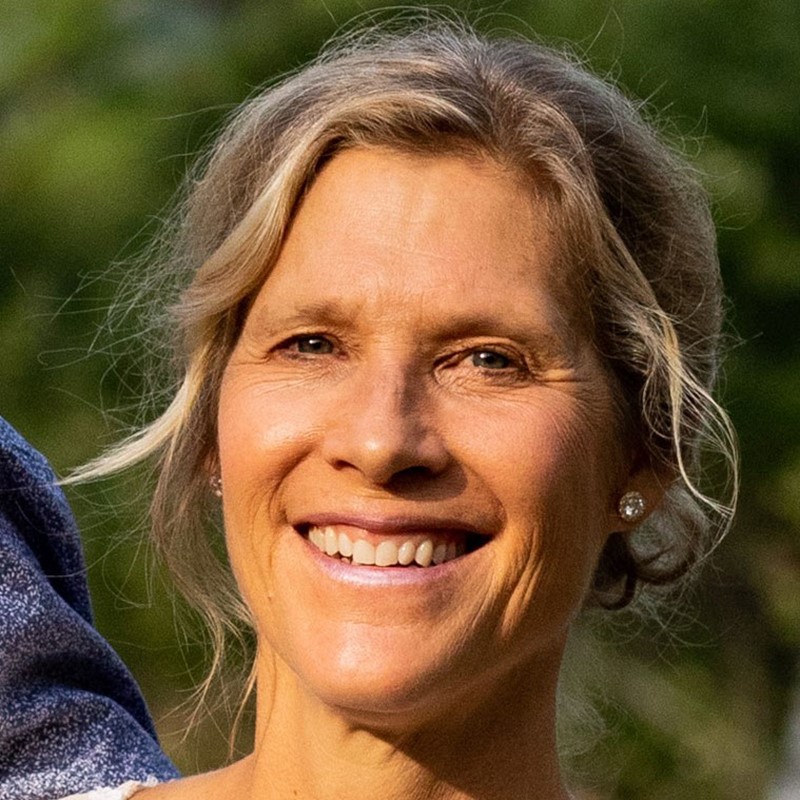Kim is the executive director of the PbS Learning Institute. Kim was hired when CJCA incorporated in 1994 and has worked since it's inception to create the PbS system of continuous improvement to help facilities and agencies raise the quality of life and better conditions of confinement in youth facilities nationwide. She earned two master’s degrees: in journalism (Northwestern University) and criminal justice (Northeastern University.) She worked as a newspaper reporter for seven years prior to joining CJCA.
Half as Many Youths in Detention

“Nothing like a pandemic to reinvigorate detention reform,” Deena Corso said with a little laugh. The director of the Juvenile Service Division (JSD) at the Multnomah County, OR, Department of Community Justice, has been working in her office every day despite the governor’s stay-at-home order March 8. Corso has been responsible for the county’s diversion and community supervision services and the Donald E. Long Juvenile Detention Center since 2016.
Since March, the number of youths in the detention center dropped from 64 to the mid-to-high 30s, she said recently, and held even fewer youths before the local protests for racial justice. Operations at the detention center didn’t change immediately when the pandemic started, but probation services did. “It was like a switch was flipped and all of a sudden, the JCCs (juvenile court counselors) were told go home and figure it out,” she said. After a critical review of the current probation cases, only about 20 percent were deemed necessary to continue. Supervision of the remaining cases was adjusted – done on porches or in cars- and the number of youths placed in detention for violating probation were significantly reduced. Corso worked with the District Attorney to expand eligibility for diversion from detention to include the lowest level of assaults to shut the front door to new admissions even tighter.
“Is it better not to see kids as much? Or does that have a negative impact on public safety,” she wondered aloud. “I’m curious to see.”
While community supervision practices changed quickly for her agency, changes at the detention center happened more slowly. The center serves two different groups of youths awaiting a court hearing: youths who have been admitted since the pandemic started and youths caught up in a new law change eliminating the automatic adult prosecution of 15-, 16- and 17-year-olds. Corso and system partners have been able to expedite the processing of those youths’ cases so they spend less time in detention. Corso saw the length of stay decrease significantly, especially for youth of color. She credits the collaboration with her partners that was created by their participation in the Annie E. Casey Foundation’s Juvenile Detention Alternative Initiative (JDAI).
“Working together, if we make it a priority to get kids out as soon as possible, we can make that happen,” said Corso. The expedited case processing is something she hopes will continue as we move into the next normal.
However for the other youths, the pandemic following the new law waiver effective Jan. 1, 2020 resulted in what Corso called the “perfect storm.” Those youths have been in the detention center for very long periods of time due to restrictions on court hearings and reduced access to evaluators resulting from the pandemic, she said. She is making some progress to remove the barriers but called progress “excruciatingly slow.” Several youths have been in the facility for more than a year.
“The kids who are here really need to be here because of the seriousness of their offenses but they are getting hopeless because they have been here so long,” she said. She and her team are seeing more self-harming behaviors. They cannot attend school because the teachers refuse to come into the facility and give them educational packets to work on instead. The volunteer programs have ended. Mental health services are available, youths who have been quarantined together for 14 days or more still go to the gym and play basketball. Multnomah County is the only detention center in the state allowing family visits.
“I feel strongly that it’s important for the kids’ social and emotional well-being,” Corso explained. Families are welcomed in by appointment, visited with their children in a no contact room meaning they spoke through a glass barrier. “It’s not the same. They can see but no hugging,” Corso said. “The conditions are as good as we can make them.”
While no one on her staff has tested positive for COVID-19 at the time of this writing, about one-quarter had some sort of exemption not to come to work. Corso expressed deep appreciation for the strong core of employees willing to work overtime and fill shifts and said she will not let staff shortage be an excuse to have youths in their rooms. On a recent Sunday, she received a text message from a duty manager saying there were not enough staff at the facility and the youths were in their rooms. So she headed to the detention center and worked all day with the youths, assisting their visits with their families and taking them for medical checks. She enjoyed the time in the facility but acknowledged it’s not “ideal” when the director has to come in on a Sunday to fill holes. She is exploring new ways of hiring, training, vetting and shadowing new employees and currently has many good candidates under consideration.
“It’s a constant daily balancing act doing my part to prevent the spread of the virus and feeling like I am supporting my staff who are here every day,” she said. “I want them to know I’m pitching in.”
Please see the PbS COVID-19 Data Snapshot Average Daily Population and Race and Ethnicity for data describing the changes in average daily population in all PbS participating facilities and the impact on racial disparity.


